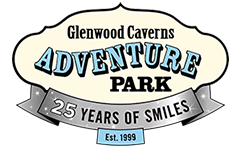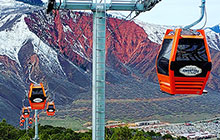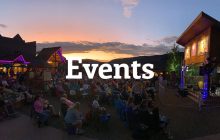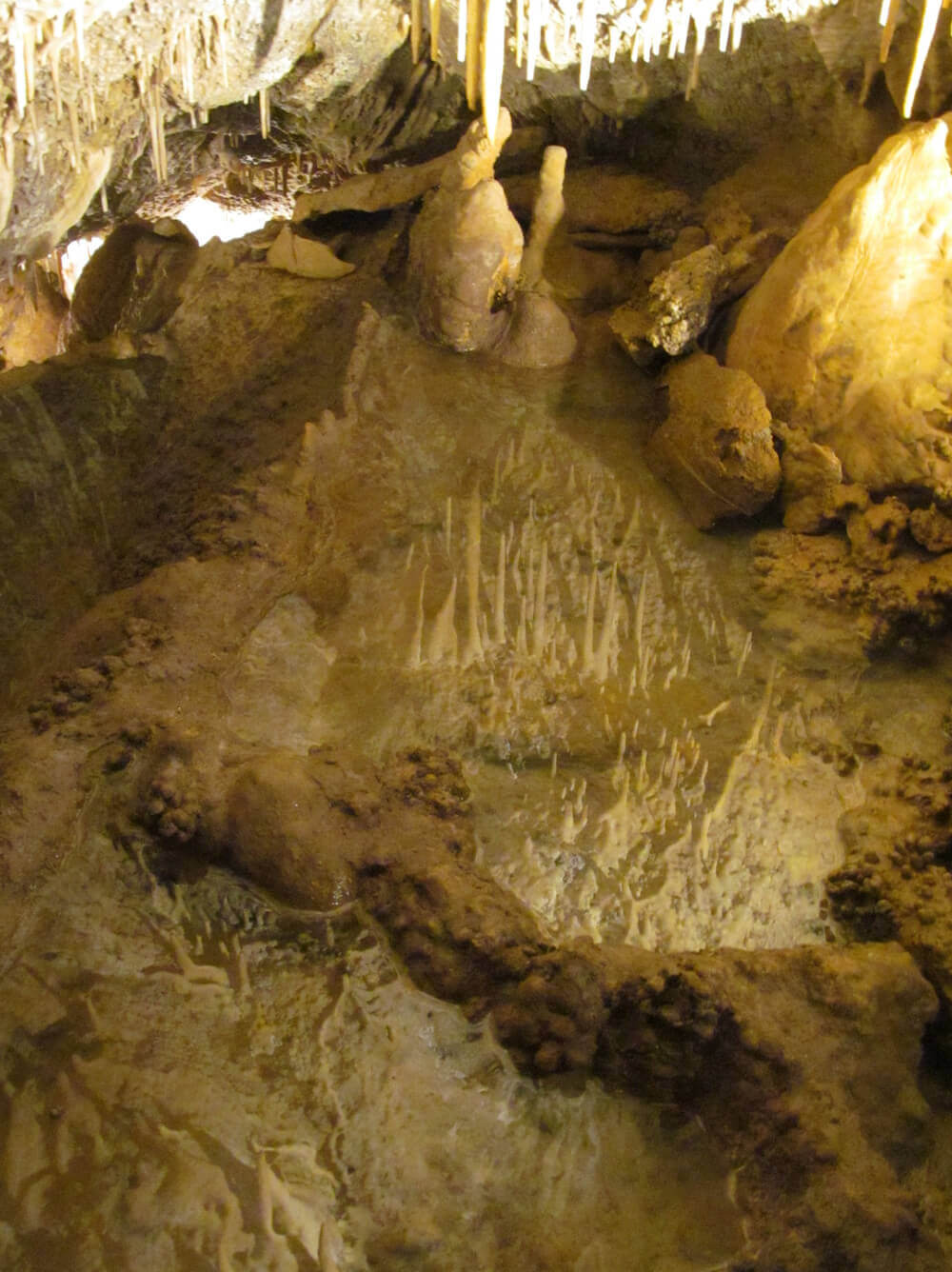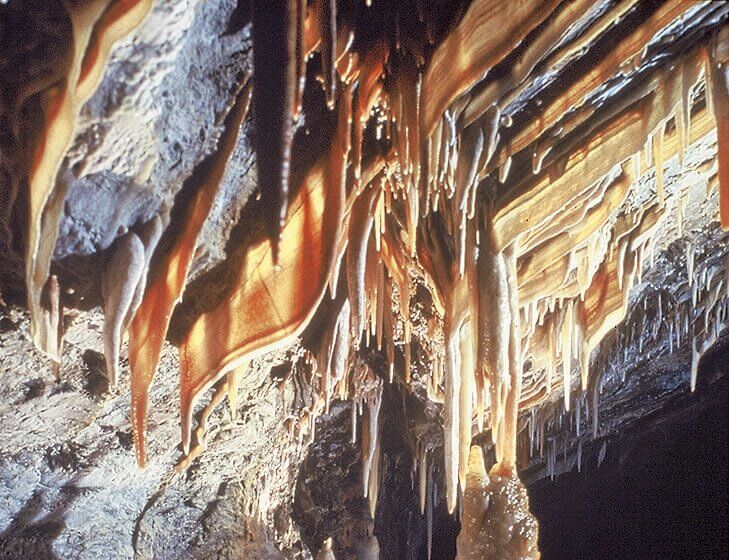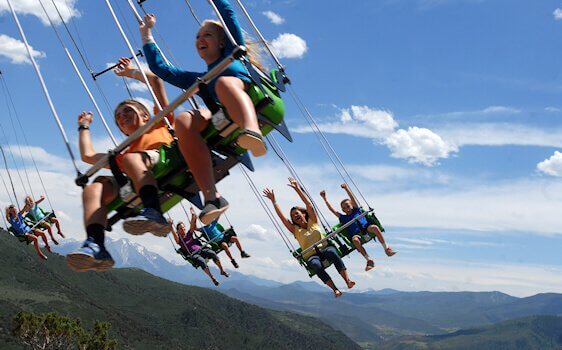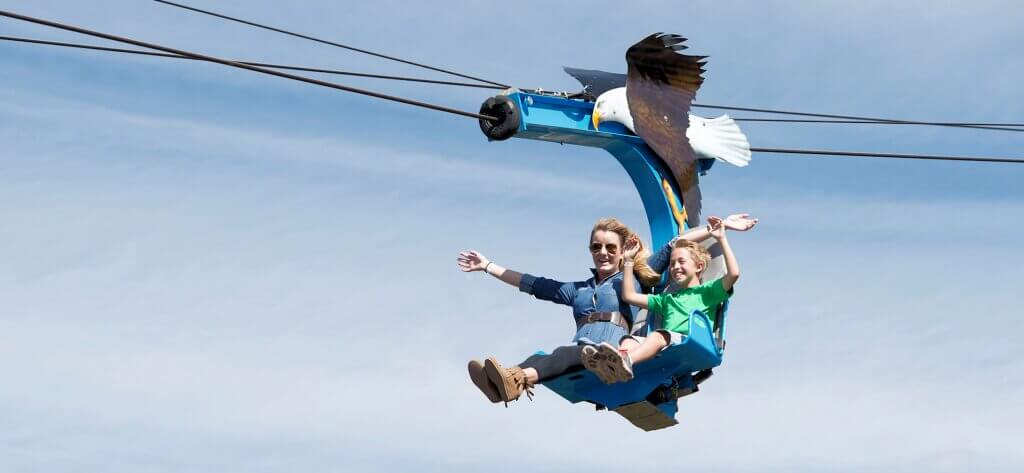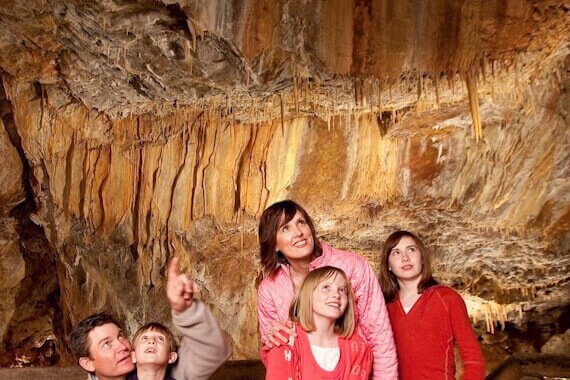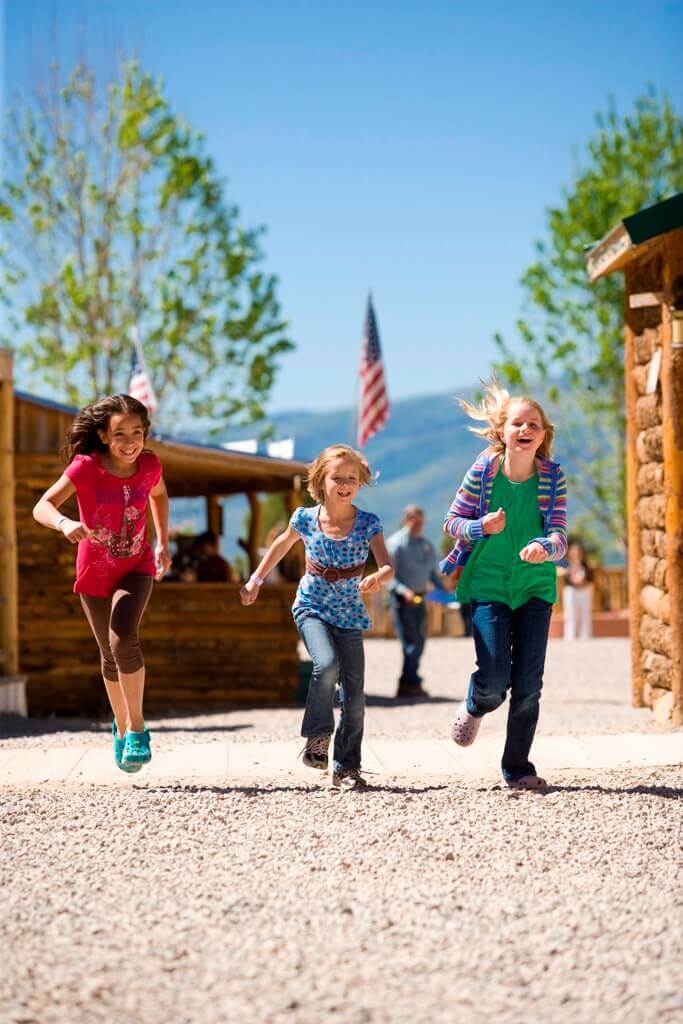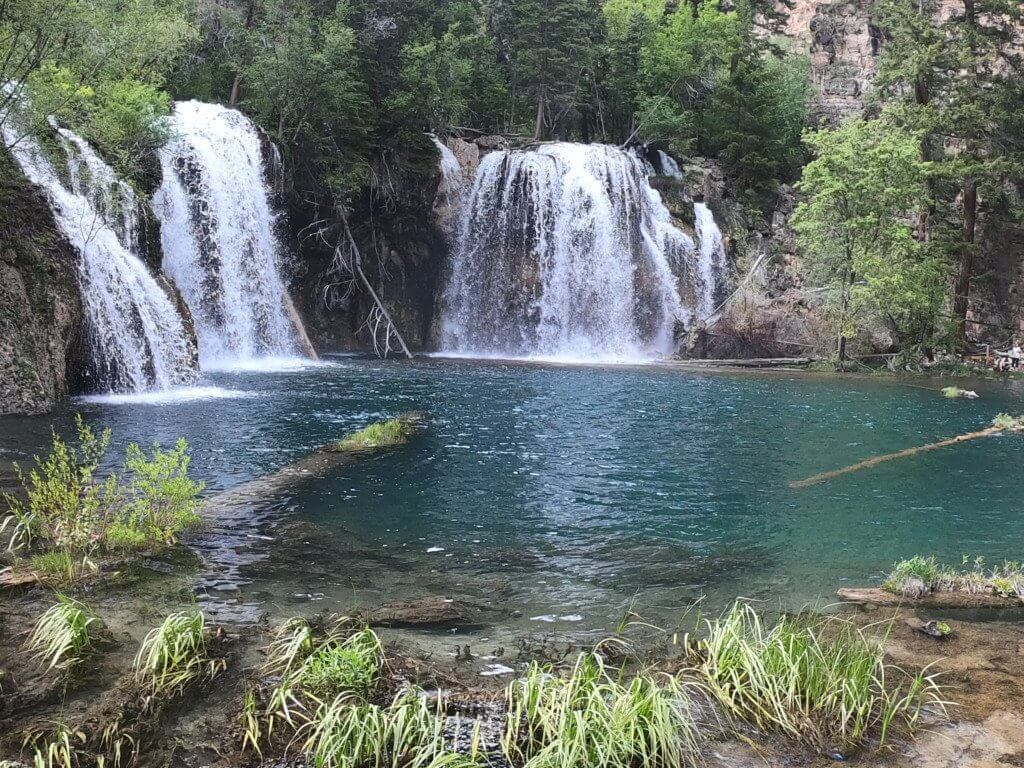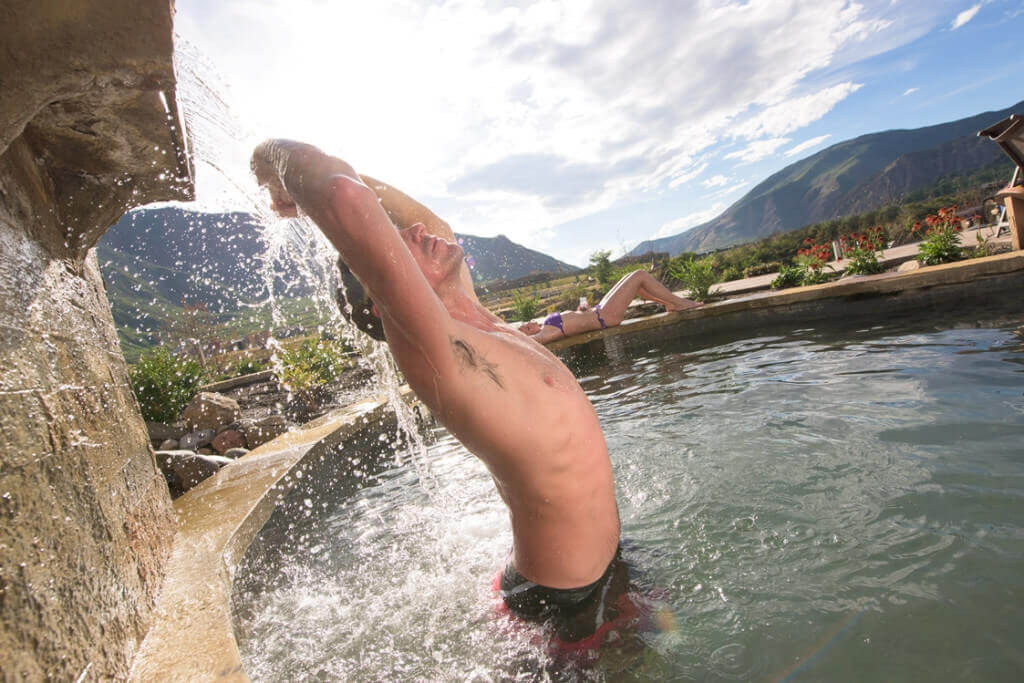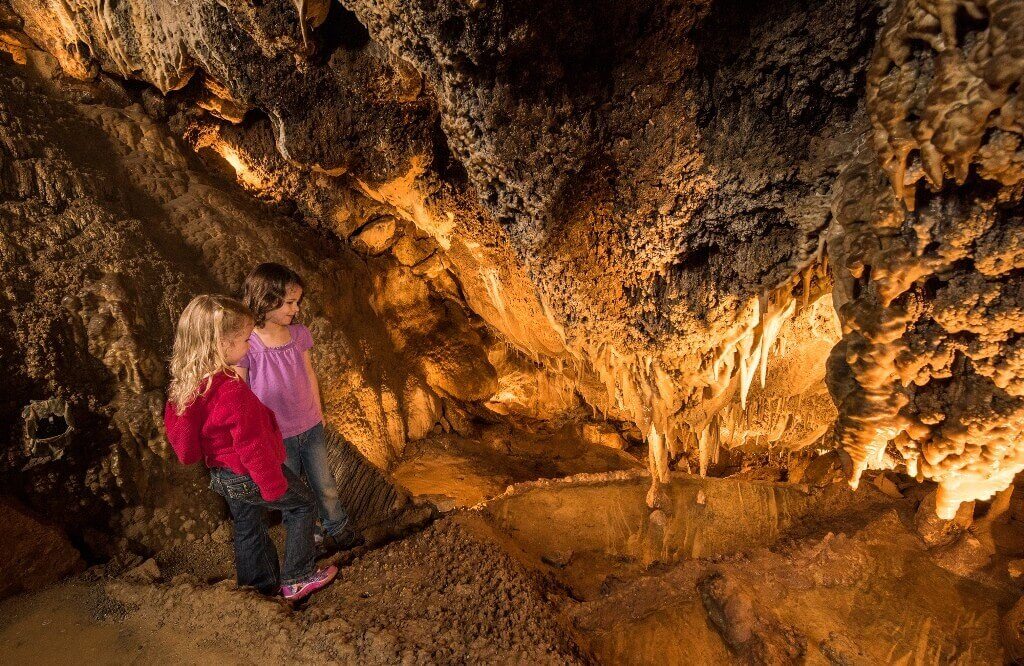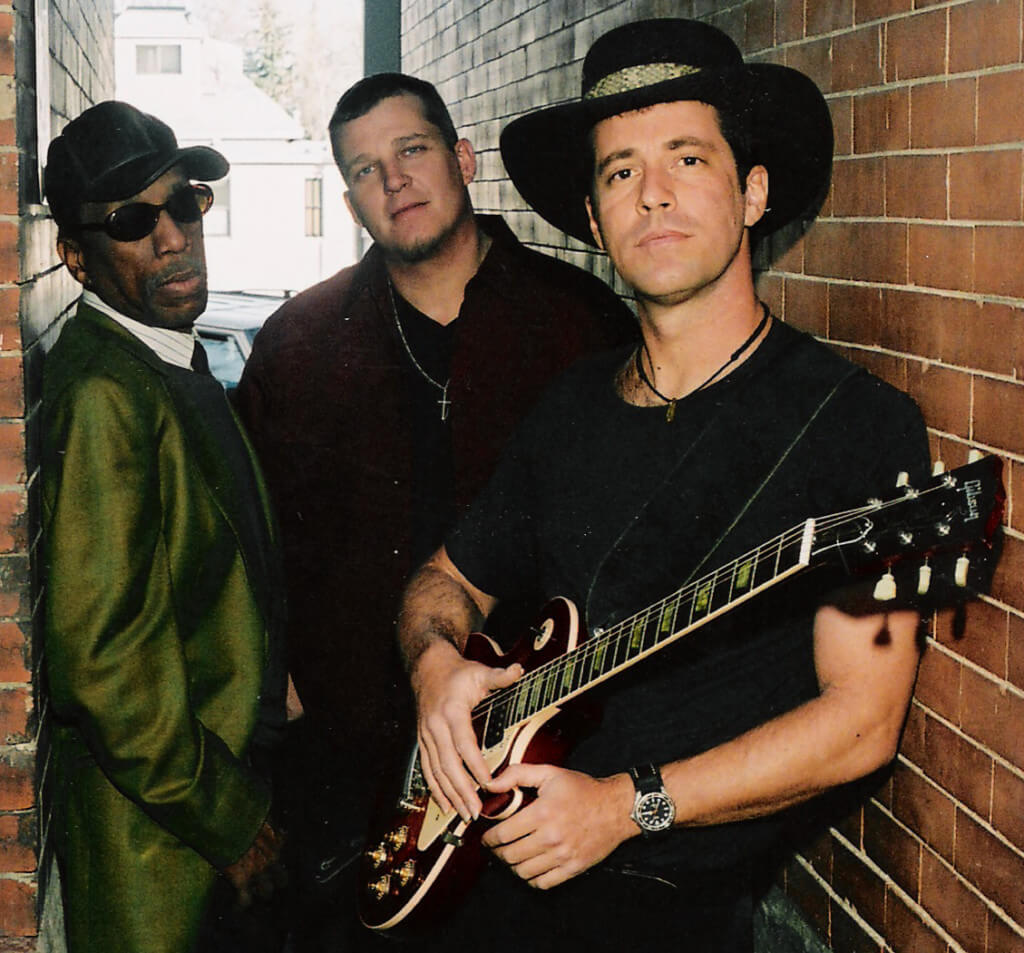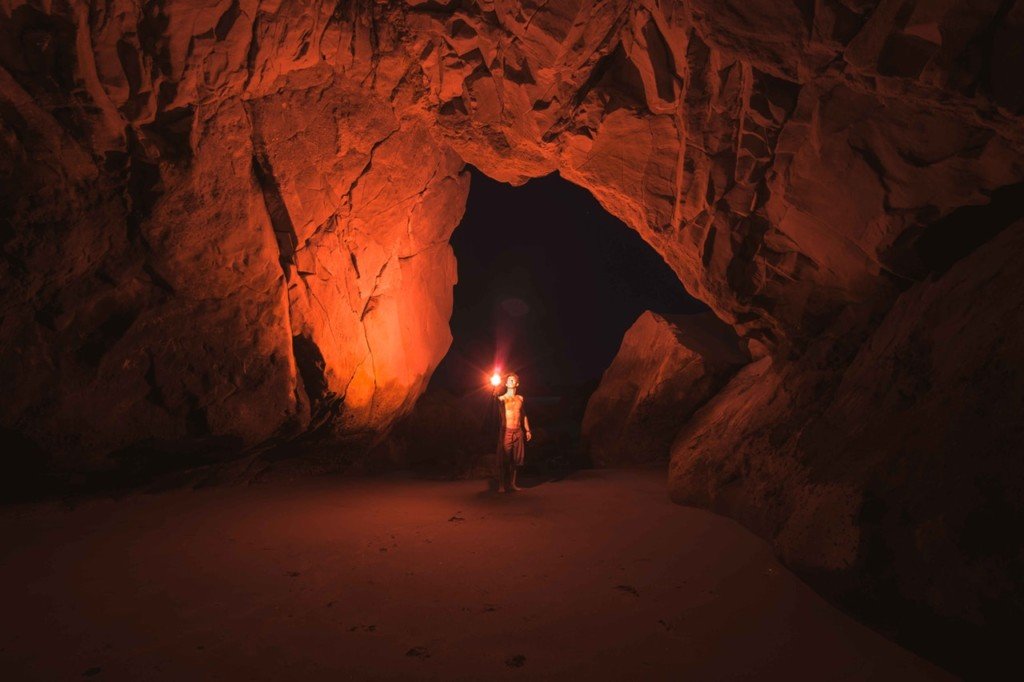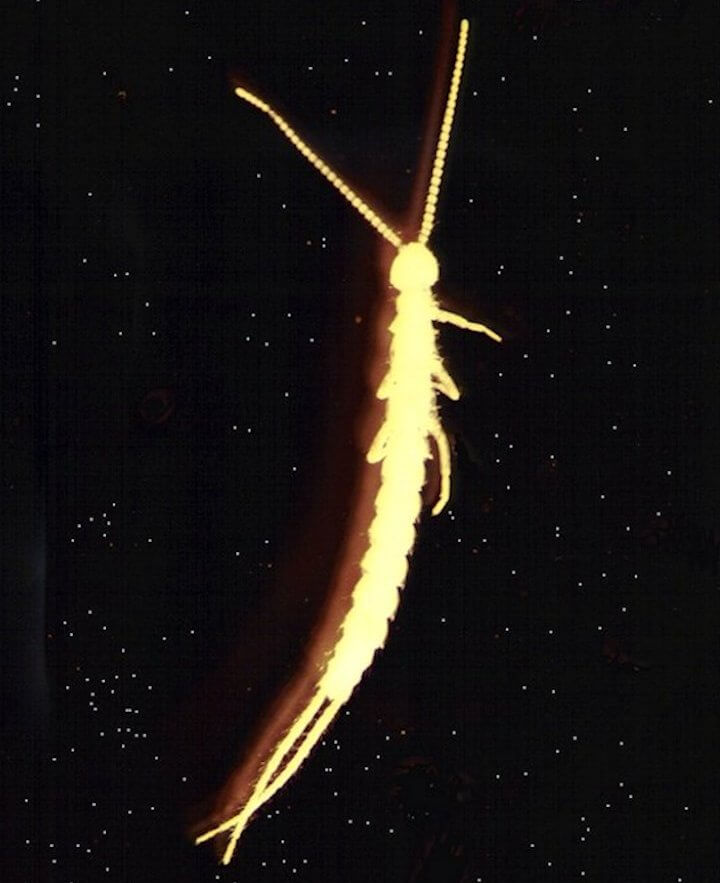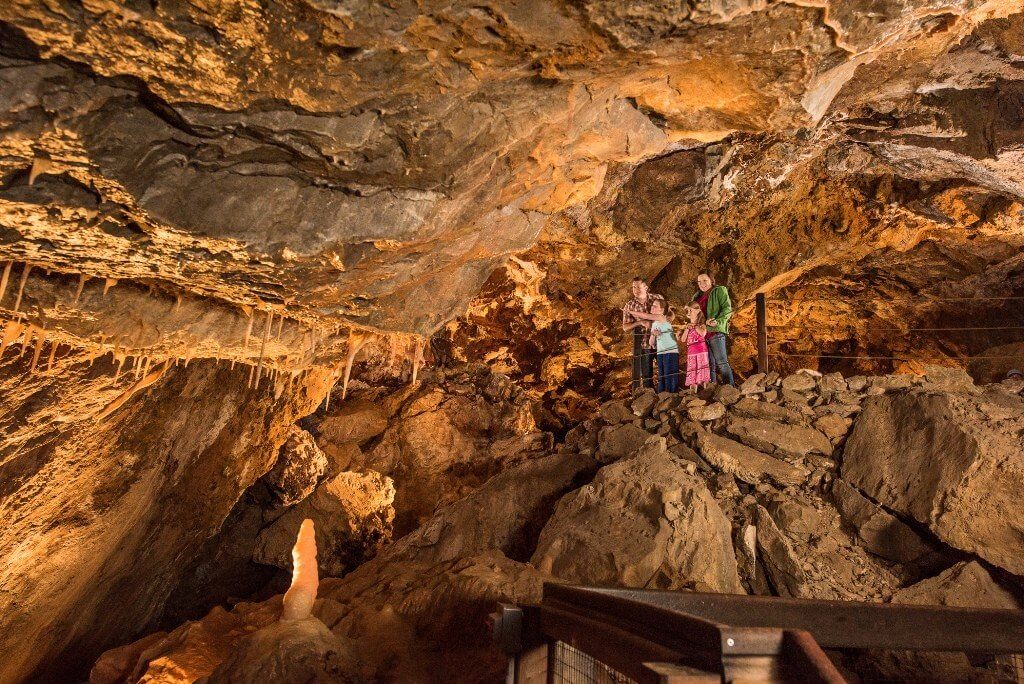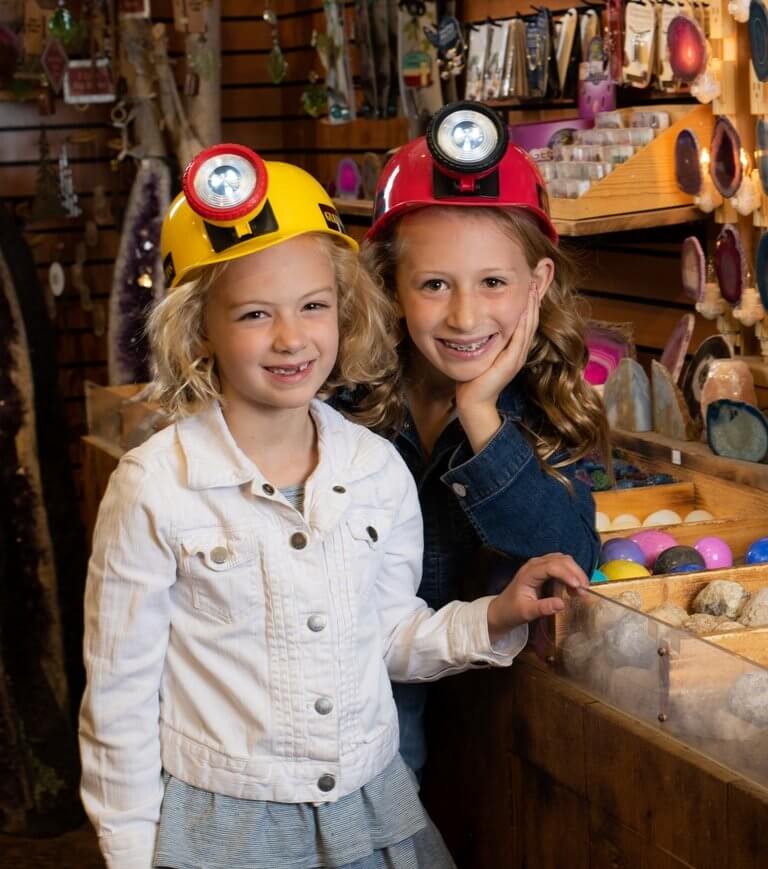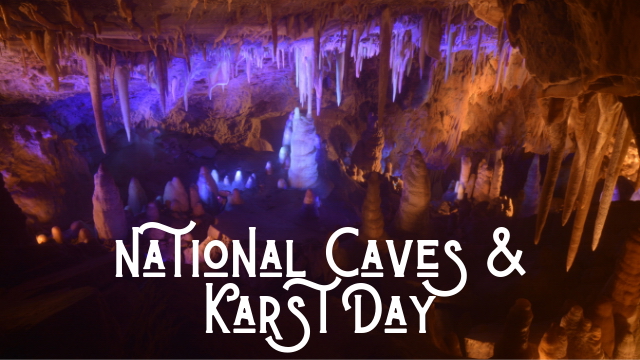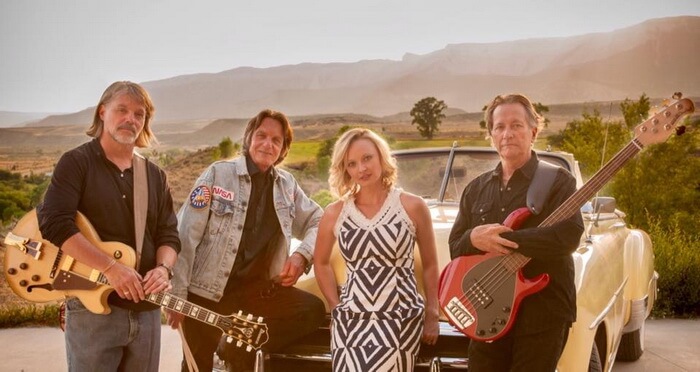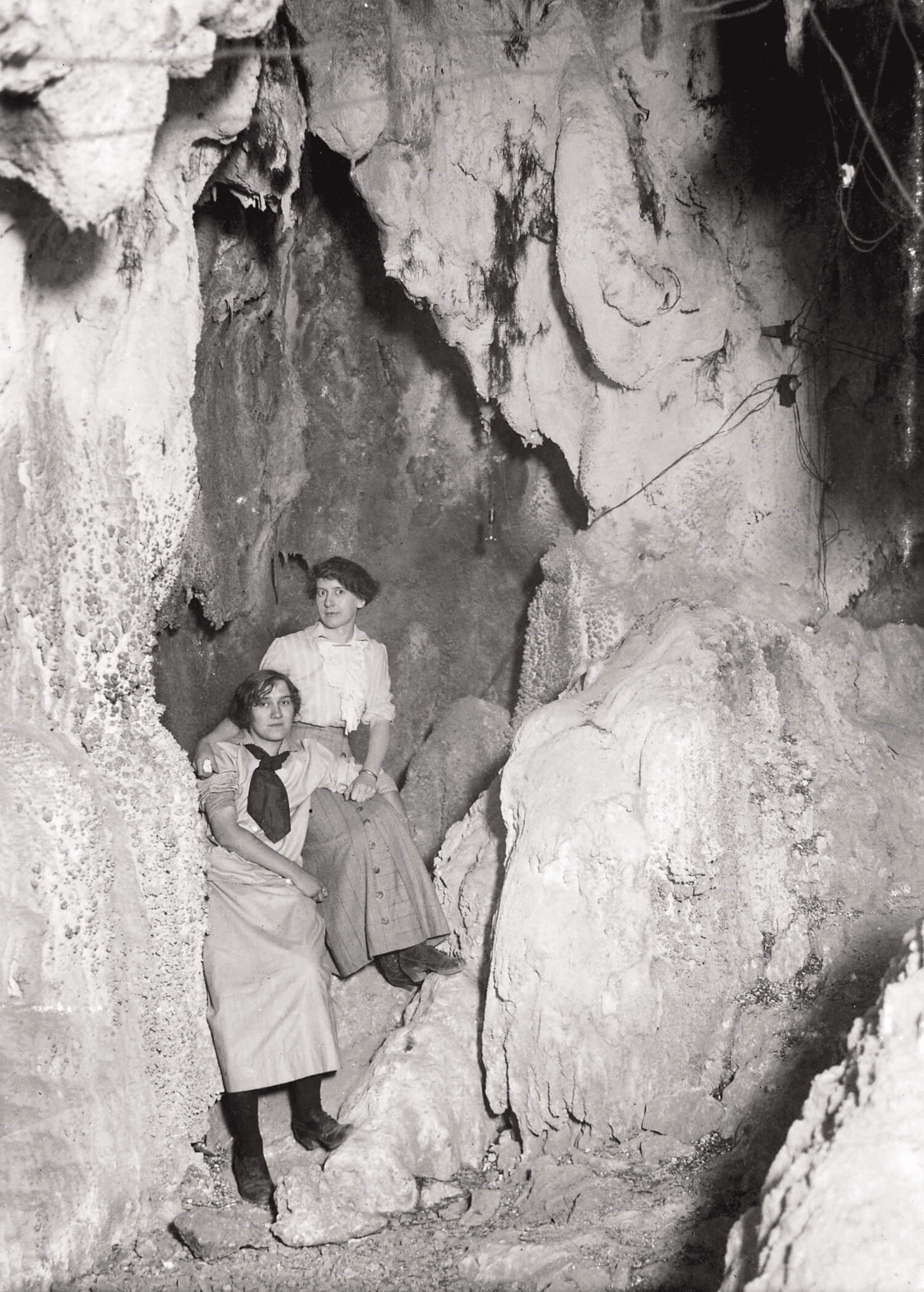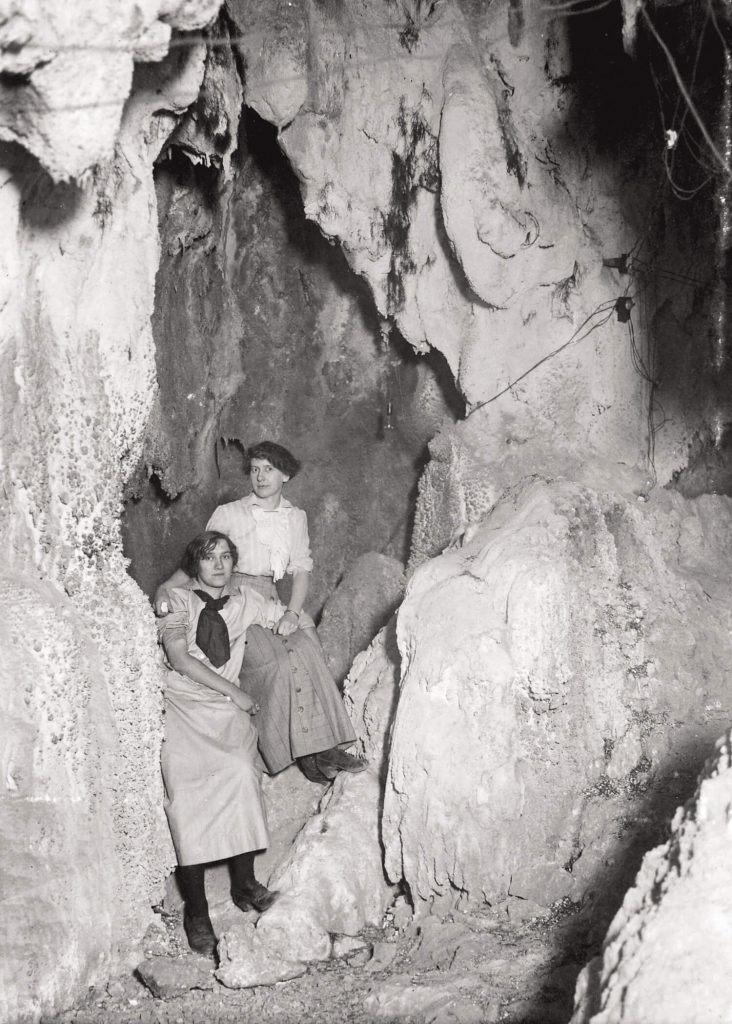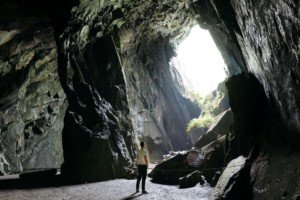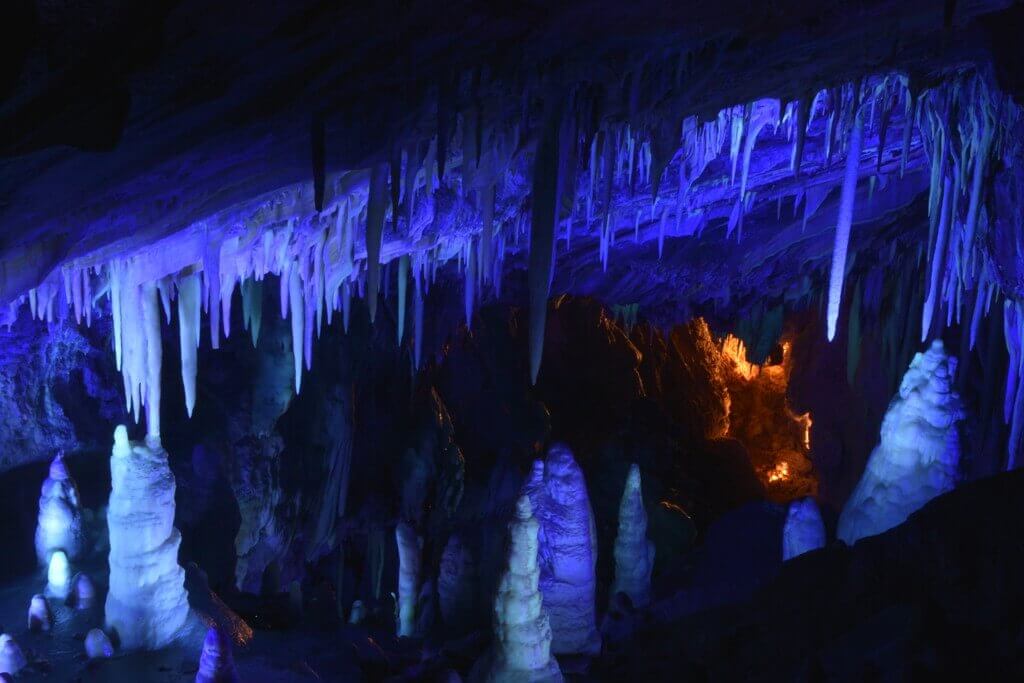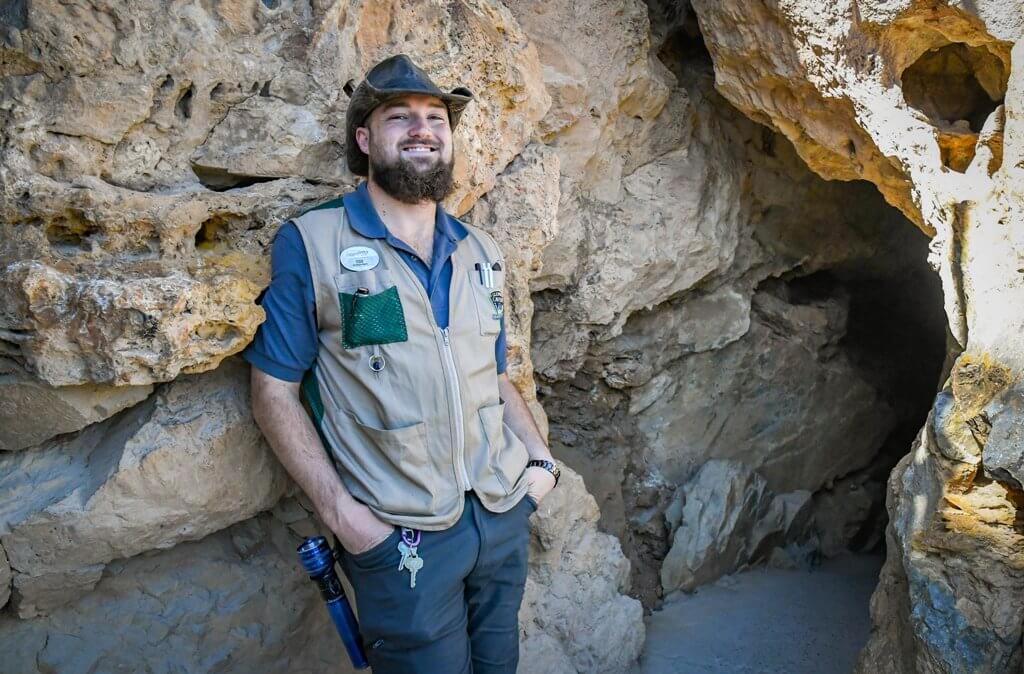
The Glenwood Springs Post Independent recently ran a feature story on our very own Cole Newton, cave tour supervisor at Glenwood Caverns Adventure Park. Read Cole’s fascinating story and why he has a special affinity for all things caves.
Sunday profile: Glenwood Springs native seeks the undiscovered underground
by Josh Carney, jcarney@postindependent.com
When he was just 2 weeks old, Glenwood Springs native Cole Newton found himself deep underground with his parents, Ken Newton and Kathy Keeler, who met while caving. Since then, caving has been a way of life for the 26-year-old Newton.
At 7 years old, Newton became the youngest person to date to submerge to Sub 1 (submerge level 1 for scuba divers in the water flow) inside Spring Cave outside of Meeker.
That passion for caving has created a unique purpose for Newton’s life – educating the public on the wonders of caves, exploring new and exciting places within caves and working to preserve them for future generations.
UNDERGROUND EDUCATION
To some, caves might just be holes in the ground. But for someone like Newton, who is so passionate about caves and all that they bring, he hopes his stories and knowledge as a caver opens people’s eyes to all that caves can offer. As the cave tour supervisor at Glenwood Caverns since 2014, Newton has had a chance to educate and explore with a number of tour guides each and every day during peak tour season on the mountain. Through his tours, Newton tries to educate and entertain within the cave in hopes of showing just how important cave systems are to the earth.
“I really hope we can continue to education people on why caves are important to our ecosystem on the surface and underground,” Newton said. “They can be a wonderful environment to study and protect. We don’t want to throw garbage into that hole, because that hole can lead to a city’s water supply and other things like that. It’s not a trash can just because it’s a hole in the ground; I want to change that perspective about caves for the general population because caves are important and special.”
Newton originally went to college to become a music teacher, but realizing that teaching in a classroom wasn’t his cup of tea, Newton went back to his passion of caving, which later led to him teaching (in a sense) tour guides all there is to know about the beautiful caves only a short trip away from Glenwood Springs.
Giving tour guides each and every day during peak season on the mountain seems like it could be a drain, but Newton attacks each tour with a uniqueness that can’t be found elsewhere.
“I don’t script my tour guides,” Newton said. “I try and read the tours and let the guests kind of feel me, in a way. It all depends on the makeup of the tours. If I have a bunch of little kids, I talk more about the dragons and the fairies within the caves; if I have a lot of adults, I’ll focus more on the science of things. I want them to get what they want out of the tour, so if I do that, every tour isn’t the same, which keeps it fresh.”
EXPANSION, PRESERVATION, AND EXPLORATION
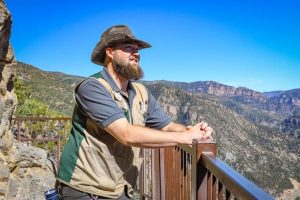 When not giving tours through the cave systems on Iron Mountain, Newton is in charge of updating the new stairs within the cave system, leading the project to put in new concrete and steel, guiding concrete and steel workers on where to place the materials. On top of that, Newton has been mapping and navigating the new King’s Row Loop tour, playing an integral part in hoping the loop comes to fruition.
When not giving tours through the cave systems on Iron Mountain, Newton is in charge of updating the new stairs within the cave system, leading the project to put in new concrete and steel, guiding concrete and steel workers on where to place the materials. On top of that, Newton has been mapping and navigating the new King’s Row Loop tour, playing an integral part in hoping the loop comes to fruition.
What Newton loves most though is traveling around the world to visit other cave systems in hopes of learning about the geological systems within the cave.
“A lot of times, I’m looking at the geological aspects, like how is this cave different from caves in the western U.S. versus the eastern U.S. or south U.S, etc.,” Newton said. “Because the way that geology works across the world is that every cave is a little different. They all have a little different influence on how the water would have formed the cave, or whether it was lava or water, things like that. They all create different features, which I find fascinating.”
Earlier this year, Newton traveled to the Frasassi Caves in Italy, which is Italy’s top cave system. The immense cave system was discovered in 1971, and part of the caverns was opened to visitors in 1974. The caverns can be visited only on guided tours, which Newton went on.
The huge rooms of the caverns are filled with stunning stalactites and stalagmites, and highlights of the tour include the Ancona Abyss, a room so large that Milan’s Duomo (the world’s largest Gothic cathedral) could easily fit inside it, a crystallized lake, a Grand Canyon, and a room filled with formations that resemble candles.
“The stalagmites were just gorgeous,” Newton said. “They’re 30, 40 feet tall and have these amazing little cuts on the side of them, so instead of being flowy, they have these extra little features on them.”
Aside from educating himself on the geological systems within the caves he travels to see and explore, Newton also pays attention to the tour guides and how they’re structured as he’s always learning and looking to improve.
“It’s important for me to do that, because if I can learn from others and see how they’re running their own tour guides, I can bring something back from that to the Glenwood Caverns and try to make the tours I give the best possible experience they can be,” he said.
In the end though, the free exploration is what drives Newton. Moving deeper into caves is supposed to be fun for cavers, and without fun it’s not successful.
“There’s got to be some fun in it; you want to have fun,” Newton said. “That’s why you do it. That’s where you get your energy. If one person has that energy, it makes for a successful and fun trip for the group.”
That sense of fun and excitement continues to drive Newton today through his passionate daily tours of the Fairy Cave and King’s Row Cave, and during his free time caving on his own, discovering all there is to see deep beneath the earth’s surface.
